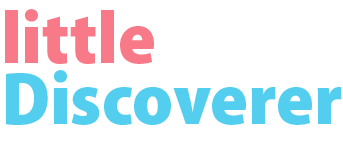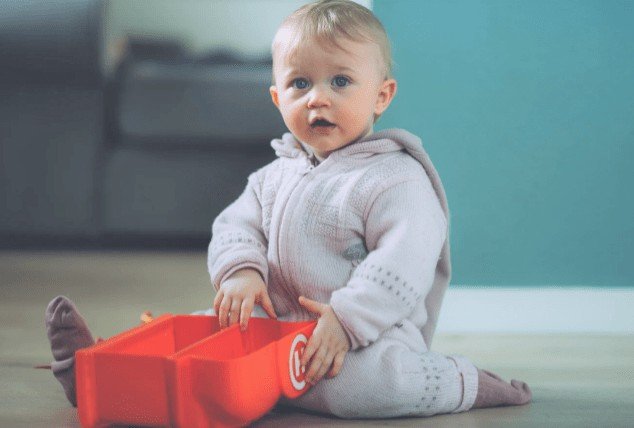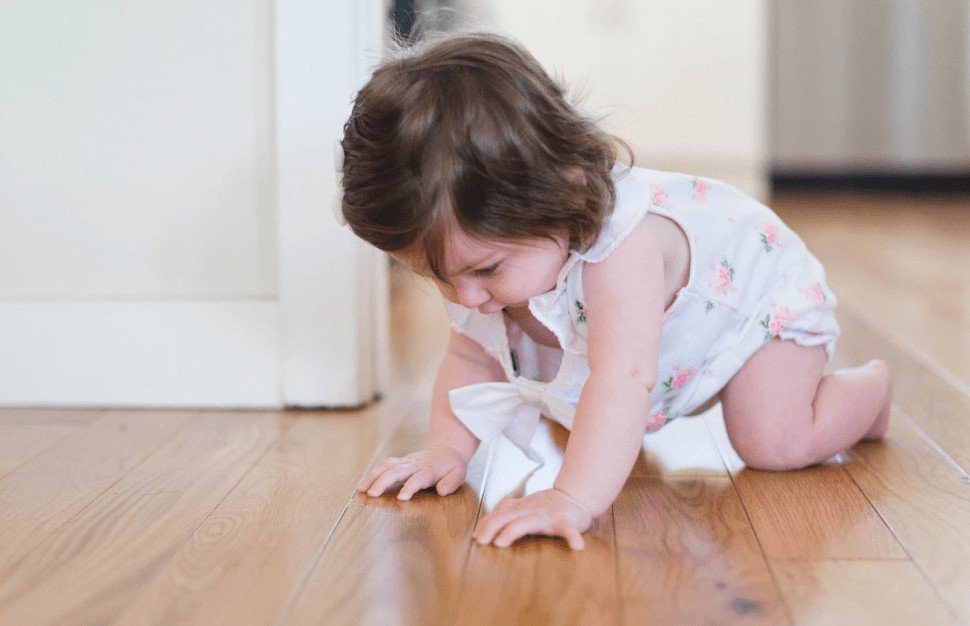Lots of sleepless nights have gone by, and we know how tiresome the first few weeks can be. Most parents spend the first month in complete chaos. So give yourself a pat on the back for having survived the most nerve-wracking month. As you and your little one start figuring each other out and potentially work out a routine, a question naturally comes into your mind: what are the major developmental milestones for my 1-month-old baby, what activities are beneficial for her growth, and is my baby ready for toys?
There are many baby development guides and milestones out there. They help guide parents by detailing the signs of normal development. Yes, it is reassuring to know that your little bundle of joy is growing on schedule, but your job as a parent doesn’t stop here.
Studies show that, from birth to age three, babies gain millions of neural connections every second. Repetitive and consistent stimulation can significantly strengthen a baby’s brain development. It’s never too early to start stimulating your baby’s physical and emotional development. This developmental milestones guide aims to answer your questions about how you can encourage your little one’s growth and development.
Developmental Milestones
Motor Skills
- Moves head from side to side: Your baby’s neck muscles are still very weak. That is why you should always hold your baby’s head when picking her up. At this stage, your little one should be able to change the direction of her head while lying down. Though your little one may not be as tolerant of tummy time as you would wish, tummy time is still the most effective and critical way to strengthen her neck. It is common for 1-month-old babies to hate tummy time, so don’t be discouraged. You can try to distract your baby by adding something interesting to look at, such as an unbreakable floor mirror or a black-and-white board book. In addition, you can play some soothing music in the background to help calm her down.
- Keeps hands in tight fists: If you haven’t noticed, your little one keeps her fist closed most of the time. This is due to the Palmar Grasp Reflex. You can be assured that it is not because your baby is nervous or stressed, as it is purely a primitive instinct. Should you offer anything to help promote your baby’s fine motor skills? The answer is it is still too early. Not only that your little one doesn’t have the skill to grasp a toy, but she also does not have the strength to hold it even if you somehow managed to place one in her hand. Your main focus for motor skills development should be on increasing tummy time.
- Jerky and quivering leg and arm movements: Your baby still has strong newborn reflexes. Her movements, mainly in her legs and arms, are due to these involuntary instincts. So don’t be concerned if your little one’s movement is not as fluid. There is nothing you need to do about it, nor can you. As a matter of fact, most of these reflexes peak in the first month. Some early movements such as the moro reflex should resolve by 2 months old; other reflexes should be gone by ages 4 to 6 months. It is important for parents to realize that these reflexes should not persist until 12 months old which would be signs of a neurological problem.
Sensory Development
- Sees the world in two dimensions: Eyes are one of the least developed parts of a newborn baby. They still see everything as a blur. Your little one is born very near-sighted with a vision of 20/200. This is why she does not see very well, and their eyes cross in an attempt to try to accommodate. So don’t stress over offering a variety of things for her to see.
- Attracted to high-contrast objects and shadows: While you may get excited picking cute outfits or toys, it makes no difference to your 1-month-old baby. All babies are born color-blind. Though color vision starts to develop within a week after birth, your little one is only attracted to highly contrasting colors, such as black and white. So sorry mama, even though you like that particular shade of pink a lot, simple black and white objects are the best ones to stimulate your little baby’s vision at this point.
- Decent hearing skills: You may have already noticed that your baby will startle in your womb when hearing a sudden loud noise, yep, your baby is born with decent hearing. According to WebMD, the only thing that impairs a newborn baby’s hearing is fluid in their ears. But this is only temporary. After the fluid is cleared on its own, your baby is alert to high-pitched and exaggerated sounds. That is why many parents found that playing a white noise machine at a higher volume is more effective at soothing their babies.
Social-Emotional and Cognitive Skills
- Crying is their only language: According to Smithsonian, a baby’s crying is ranked number 9 as the world’s most upsetting sounds to the human brain. This is backed by MRI graphics in a study by neuroscientists. So don’t beat yourself up, parents, it’s not only you. On the flip side, there are many ways you can help calm down your little one. Picking them up, rocking them, singing to them…these are great ways to express your affection and assure your love to her.
- Yawns or arches back when overstimulated: One of the biggest concerns with parents is that they are afraid of not providing enough stimulation for their baby’s development. However, like everything else in life, too much of anything is bad. Little babies need adequate rest and sleep to grow properly. In fact, they get tired or frustrated when overstimulated. They may arch their back to tell you that they need some quiet time. So don’t stress, it’s ok to follow your baby’s lead.

Activities with Your 1-Month-Old Baby
1. Lots of Holding, Touching, and Rocking
In this strange world outside mommy’s comfortable womb, your little tot is more than insecure. The physical contact from touching and holding her, help assure that she is safe and cared for. In addition, your little one still prefers the rocking motion that she was used to while in mommy’s belly. You can walk around while holding her, or take her for a car ride, to reproduce this comforting rhythm. If you are tired, there are rocking bassinets that can help calm your little one down.
2. Make Tummy Time Interesting
Tummy time should be one of your baby’s first exercises. While on her stomach, your little tot learns to use her neck muscle. Tummy time also reduces the risk of SIDS and prevents having a flat head. Additionally, adding fun activities can make tummy time more bearable for your baby and provide a variety of different stimulations. However, it’s important to supervise the baby during tummy time to prevent any accidents or SIDs if the baby falls asleep.
How do you make tummy time more tolerable for your little tot? Here are some ideas:
- Utilize an activity gym to make tummy time more entertaining
- Place an unbreakable floor mirror so that your little one has something to look at within the range of her vision
- Play some cheerful or soothing music to stimulate her hearing
- Play sounds, words, and melodies to boost her vocabulary
3. Offer New Things for Her Curious Mind
Though your little one cannot see too close or too far (up to 12 inches), vision stimulation is still critical. Proper stimulation not only improves your baby’s vision but also enhances their memories and sparks their curiosity. Besides, who doesn’t get bored looking at the same thing all the time?
What interesting objects can you offer? Here are some recommendations:
- A mobile with hanging toys that have highly contrasting black and white colors and patterns
- Black and white flashcards
- Black and white fabric books
- Hold her and introduce to her common household objects
- High-contrast foot and wrist toys
- Most importantly, make time to talk to her so that she gets to see her favorite object: your lovely face
Sources
What is SIDS/SUID: https://www.sids.org/what-is-sidssuid/
Speech and Language Milestones, Birth to 1 Year: https://www.uofmhealth.org/health-library/ue5081
Newborn Reflexes: https://www.healthychildren.org/English/ages-stages/baby/Pages/Newborn-Reflexes.aspx
In Babies, Crucial Neural Connections Happen Before Age Three: http://science.unctv.org/content/reportersblog/babies-neural-connections
Next: 2-Month-Old Milestones and Activities

Dr. Leah Alexander, MD, FAAP began practicing pediatrics at Elizabeth Pediatric Group of New Jersey in 2000. She has been an independently contracted pediatrician with Medical Doctors Associates at Pediatricare Associates of New Jersey since 2005.







